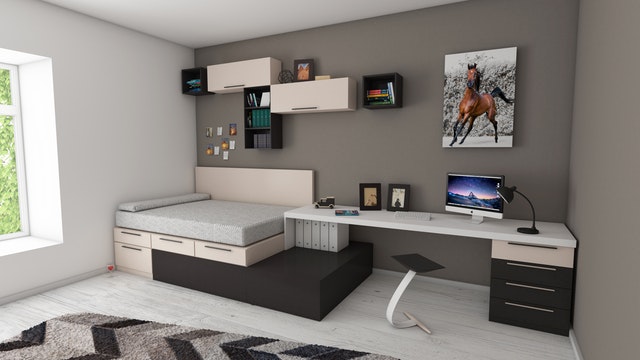 Though the real estate business never stops, most people associate its busy periods of the year with the spring and summer seasons. And while this is true to a large extent, those who think that selling a home in the fall is a bad decision are sorely mistaken.
Though the real estate business never stops, most people associate its busy periods of the year with the spring and summer seasons. And while this is true to a large extent, those who think that selling a home in the fall is a bad decision are sorely mistaken.
Just as families want to get into new homes before the school year starts, which makes spring and summer busy seasons, there’s also an urgency to get into new homes prior to the holiday season. It’s one of the reasons why you shouldn’t hesitate to list your home in the fall season.
Here’s a look at five more reasons why it’s smart to list your home in the fall:
1. Demand Is Still There
It’s a seller’s market out there, which means that there’s still high demand for quality homes. So don’t think that buyers have put their searches on hold until next spring, because they’re still out there. You’ll take advantage of this continuous demand by listing in the fall.
2. You Can Enjoy The Summer
You can enjoy next summer, that is. Yes, while sellers that list in the spring and summer are constantly cleaning, tidying up and exiting the home for showings, you can get out ahead of the game this fall so you can spend next summer enjoying your next home.
3. Buyers Are Serious
In the spring and summer months, it’s not unusual to get a lot of traffic from people who are thinking about buying. While any kind of activity is usually a positive, these types of would-be buyers aren’t exactly the strongest prospects to make an offer. With how busy the fall season is for many families, you’re likely to get showings with buyers who are serious, and thereby more likely to make an offer if they like what they see.
4. You Can Enhance Your Curb Appeal
Fall is characterized by cooler temperatures and changing colors. The former can really help green up your lawn, while the latter can make your house stand out if there are trees on the property. Aside from your home, the fall foliage can also enhance the appeal of your entire neighborhood.
5. There’s Fewer Home Sellers
A final reason to list in the fall is that you’ll have less competition on the market. That is, there are fewer available homes. If your home is attractive and sought after, you can potentially create a bidding war among interested buyers, which can help you net more off the sale.
Your trusted real estate professional can give you all the tips and tricks to prepare for a successful fall listing.
 Simple home and yard tips don’t have to take a lot of time, but can save a lot of headaches if that first winter storm catches you unaware.
Simple home and yard tips don’t have to take a lot of time, but can save a lot of headaches if that first winter storm catches you unaware. The National Association of Realtors (NAR), in its ongoing analysis of home sales statistics, believes that prices will continue to rise during the third quarter, but that uncertainty over elections could be a factor during the second half of the year.
The National Association of Realtors (NAR), in its ongoing analysis of home sales statistics, believes that prices will continue to rise during the third quarter, but that uncertainty over elections could be a factor during the second half of the year. Burdensome student loan debt and a penchant for purchasing new electronics by 20- and 30-somethings can make saving up for a down payment on a home seem impossible. But Millennials and other potential home buyers may be surprised to discover that previous generations had money-saving challenges of their own.
Burdensome student loan debt and a penchant for purchasing new electronics by 20- and 30-somethings can make saving up for a down payment on a home seem impossible. But Millennials and other potential home buyers may be surprised to discover that previous generations had money-saving challenges of their own. Downsizing at any stage of life can offer multiple benefits. Less square footage may come with a smaller price tag and usually means less space to clean. However, when downsizing a home, there’s usually the question of what to do with everything. That’s when creative storage ideas become essential.
Downsizing at any stage of life can offer multiple benefits. Less square footage may come with a smaller price tag and usually means less space to clean. However, when downsizing a home, there’s usually the question of what to do with everything. That’s when creative storage ideas become essential.